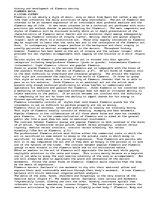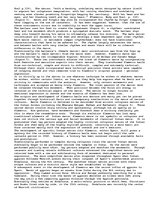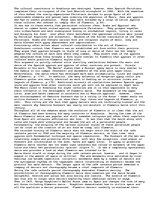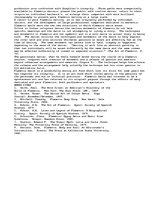-
Flamenco Dancing
Flamenco is not merely a style of music, song or dance from Spain but rather a way of life that influences the daily activities of many individuals. The art of flamenco was intended to be an outward expression of an individuals most profound emotions and the flamenco way of life. It was never intended to be a technical art performed with stoic precision yet without duende (a passion/feeling for flamenco). The main components and styles of flamenco will be discussed briefly while an in depth presentation of the characteristics of flamenco dance (baile) and its evolution shall emerge subsequently.
Present day flamenco consists of singing (cante), dancing (baile) and guitar playing (toque); each of which is a distinctive art. Those only vaguely introduced to flamenco may be surprised to learn that the cante was and is the centerpiece of the flamenco art form. In contemporary times singers perform in the background and their singing is usually perceived as musical accompaniment to the dancers. Throughout history, however, flamenco has been based on the art of singing and the cantaor (singer) often provided his own rhythmic accompaniment with rapping of the knuckles or a stick.
Various styles of flamenco permeate yet the art is divided into four specific categories including deep/profound flamenco (jondo or grande), intermediate flamenco (intermedio), light flamenco (chico) and popular flamenco.
…




